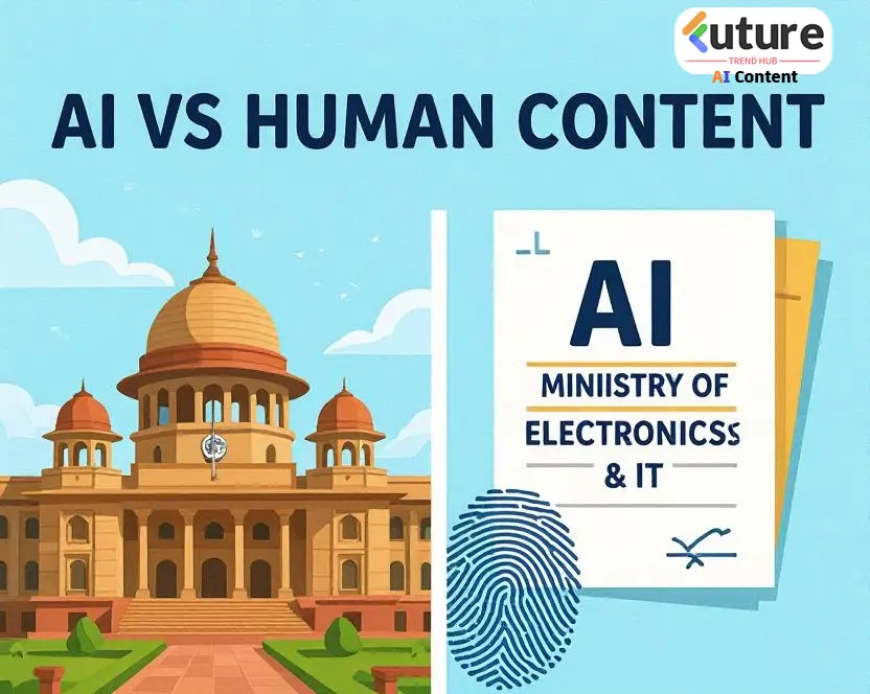India Moves to Regulate AI Content — What It Means for You
India’s IT Ministry plans new AI rules to curb fake and deepfake content. Here’s how it could change online content and creativity.

🇮🇳 India’s IT Ministry Plans New Rules to Control AI Content — Here’s the Full Story
Imagine scrolling through your feed and seeing a video of a famous leader saying something shocking — only to find out later, it was AI-generated.
That’s the kind of digital chaos India’s IT Ministry now wants to tackle head-on. A new draft policy is being prepared to regulate AI-powered content, from chatbots and deepfakes to synthetic media and fake voiceovers.
And while it’s meant to keep the internet safe, it’s also sparked a big debate — can creativity and control really coexist?
🧠 Why This Draft Matters
AI is changing everything — how we write, create, and even communicate. But with great tech comes great confusion.
Fake videos, cloned voices, and AI-written misinformation are spreading faster than ever. The Ministry’s goal is simple: transparency and accountability.
Officials say they don’t want to “ban AI,” but to make sure it’s used responsibly. The draft focuses on labeling, verification, and traceability — so people know when content is human-made or machine-generated.
⚙️ What the Draft Could Include
Here’s what insiders suggest might be coming:
-
🔖 Mandatory “AI-generated” tags for all synthetic content.
-
🧾 Rules for platforms to identify and report harmful AI use.
-
🚫 Penalties for misuse or deceptive AI-generated media.
-
🧠 Guidelines for developers to add watermarks or metadata for tracking AI output.
-
🤝 Encouragement for self-regulation among tech companies.
Basically, India is trying to write a rulebook for a world where even reality can be faked.
🌍 A Global Trend with Local Impact
India’s move isn’t in isolation — it follows similar global steps like the EU AI Act and proposed U.S. transparency rules.
But here’s the challenge: How do you regulate without killing innovation?
Startups, creators, and students across India are experimenting with generative AI — from photo editing tools to voice clones. Too many restrictions might slow them down.
That’s why the government says the goal is “responsible AI use, not restriction.”
👥 What It Means for You
If you’re a creator or developer, be ready for:
-
New labeling norms for AI-assisted work
-
Possible audits for transparency
-
Tighter rules for monetized AI content
And for everyday users — it could mean fewer deepfakes, less confusion, and a more trustworthy digital world.
💬 The Road Ahead
Regulating AI is like trying to put boundaries on imagination — it’s tricky, but necessary.
This draft might just be India’s way of saying, “Let’s innovate, but safely.”
Because in the end, it’s not about controlling machines — it’s about protecting people from what machines can fake.







